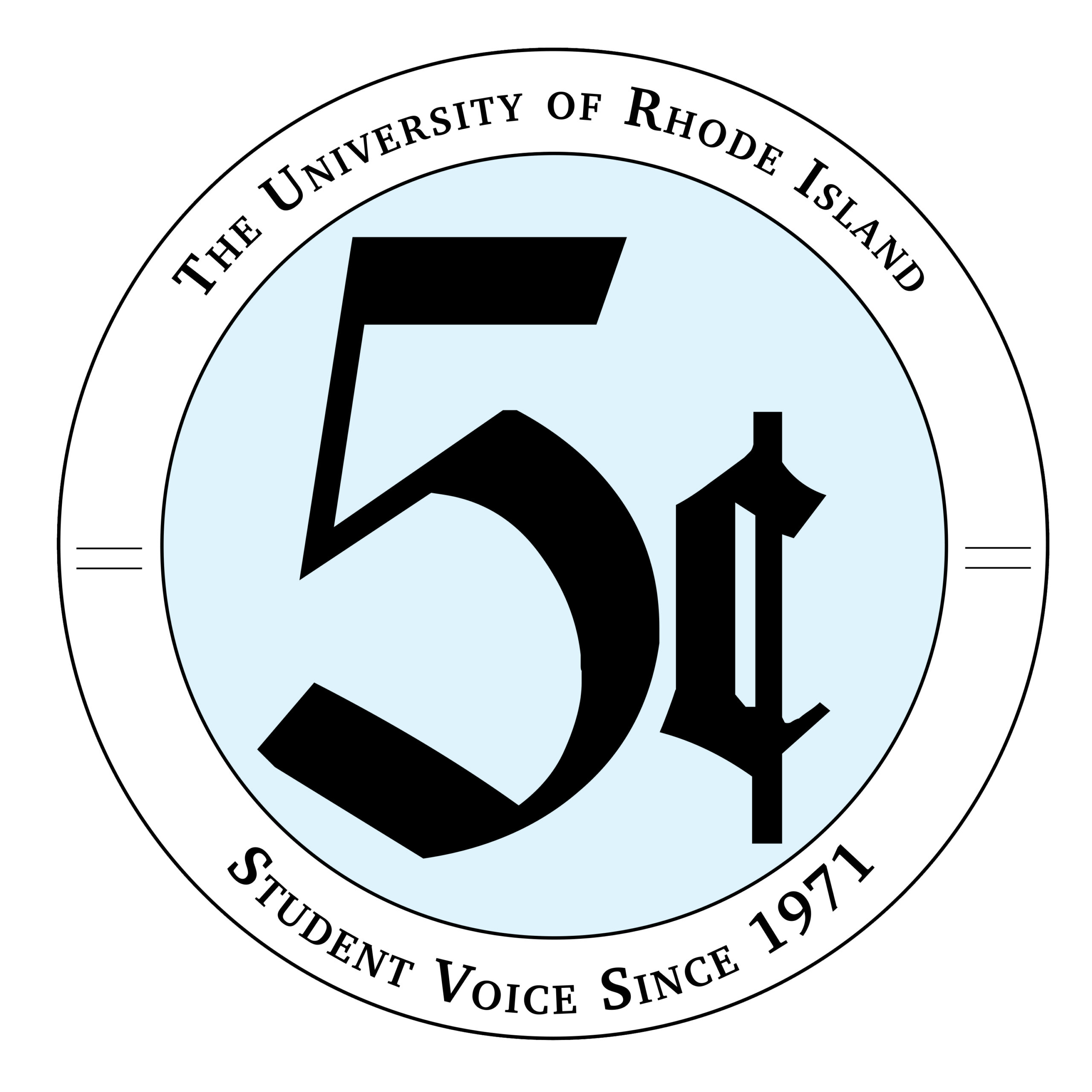As of this fall, the water supply at the University of Rhode Island has a concentration of synthetic chemicals, called polyfluoroalkyl substances, that is double the healthy percentage.
The level in the water stands at 41 parts per trillion, where it should be no higher than 20 ppt, according to the Environmental Protection Agency .
PPT is a unit used to describe small quantities. In this case, it refers to 41 out of 1 trillion pieces of microplastics in liters of water.
The United States has been addressing this issue through the EPA, which has just recently established a national standard for drinking water, according to assistant director of utilities Bob Bozikowski. This standard ensures reduced exposure of PFAS in the nation’s drinking water.
“The university is kind of leading the way in the state,” Bozikowski said.
To combat this issue institutionally, URI has installed filter units across campus, according to Bozikowski. The university has made these locations available by creating a PFAS Statewide Sampling Interactive Map .
The university has one of the first water utilities in Rhode Island that implemented this type of filtration against PFAS, according to Bozikowski. Rhode Island itself is one of the first states to set a standard for drinking water.
“Most, if not all of the dorms, have dedicated filtration units,” Bozikowski said. “It’s not required to utilize those locations with added filtration, but we’re making those available to our community.”
Rhode Island has required water systems to test their drinking supplies for PFAS and send the results to the Rhode Island Department of Health. As of 2024, 11 water systems in the state have exceeded 20 ppt — the state’s set standard.
“URI is working with the Department of Health to obtain funding to install the carbon filters to remove PFAS from the URI drinking water,” said Rainer Lohmann, the director of URI Sources, Transport, Exposure & Effects of PFAS.
STEEP has worked on multiple projects regarding PFAS, according to Lohmann. The group has been able to develop tools that help detect traces of PFAS in the air and in the water.
T wo waste lagoons along the Pawcatuck River continually release PFAS into the river during rain, according to the research Lohmann’s group conducted. They were also able to show that PFAS continues to contaminate fish, birds and other animals across the region.
The university operates on its own water system, which takes from three different high volume wells, according to URI’s 2023 annual quality water report .
In 2023, the water supply was tested for PFAS on three separate occasions, all of which exceeded the state’s standard for ppt.
Along with PFAS, the Rhode Island Department of Health tests for over 133 other contaminants, including microbial contaminants, inorganic contaminants, pesticides and herbicides, radioactive contaminants and organic contaminants, according to the annual quality water report.
“[Because PFAS] doesn’t degrade, it’s used in a variety of products,” Bozikowski said. “It’s been around for so long, and now we understand the health implications.”
This allows for sources of exposure to the chemical to vary, according to Bozikowski. These can include eating food packaged in material containi ng PFAS, drinking PFAS-contaminated water, or even breathing PFAS contaminated air, according to the Department of Health .
To reduce exposure to PFAS, the Department of Health recommended staying informed about the status of the public water system and avoiding products advertised as water, grease and stain resistant.



